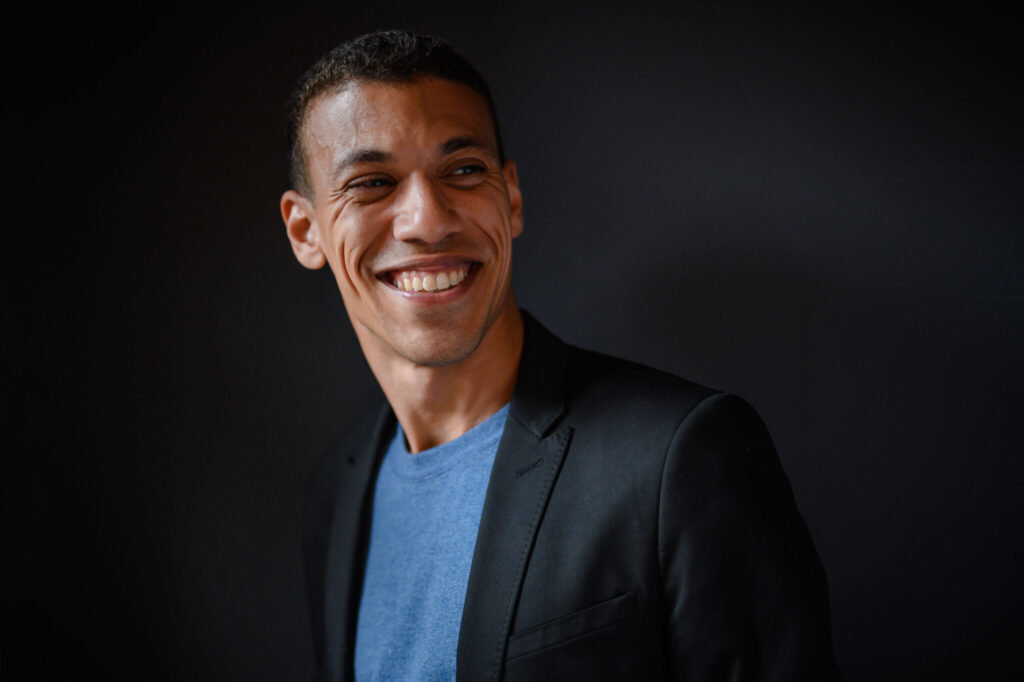Is Losing the New Winning? The Green Party of Canada Seems to Think So

Barred from national debates, operating under an unconventional co-leader system, and projected to win a grand total of one seat—held by neither leader—what is the Green Party of Canada doing?
This Monday’s federal election comes after a tumultuous period for the Greens under former leader Annamie Paul. In 2020, Paul was elected leader—making history as the first Black Canadian and first Jewish woman to lead a federal party. She was tasked with steering the Greens beyond the shadow of longtime leader Elizabeth May, who had built the party into an electorally viable force in a select few ridings in BC. But Paul’s leadership was fraught from the start.
She lost a high-profile 2020 by-election in Toronto Centre to the Liberal party’s Marci Ien, and just months before the 2021 federal election Jenica Atwin—elected in 2019 as the Greens’ third MP and the first from outside BC—defected to the Liberals after a public dispute within the party, dealing a significant blow to its credibility. The 2021 election only exacerbated the crisis: Paul again failed to win a seat, and national support dropped significantly—from over 1.1 million votes in 2019 to fewer than 400,000 in 2021. What followed was a period of public infighting, disillusionment, and ultimately Paul’s resignation just over a year into the role.

In the wake of internal turmoil, the party needed reinvention—for the next election and beyond. Enter Jonathan Pedneault.
Pedneault—a Montreal South Shore native, published author, and former crisis-zone journalist—first entered politics in 2009 when he unsuccessfully sought the Liberal nomination in Longueuil–Pierre-Boucher. Fast-forward to 2022, he re-entered federal politics from a very different angle—joining the Greens’ leadership race on a joint ticket with May. Together, they ran on a shared platform focused on party renewal and advocating for a formal co-leadership model. Since the Greens’ constitution did not formally recognize co-leaders, Pedneault was appointed deputy leader when May won the race.
In a 2023 by-election, Pedneault ran in Notre-Dame-de-Grâce–Westmount, earning 13.45 per cent of the vote—the party’s best result in the riding, placing fourth. In February 2025, the party formally approved his appointment as co-leader alongside May. Now, he’s running again, this time in Outremont—a historic Liberal stronghold—where projections give him virtually no chance of winning.
So… what’s the plan here? Are the Greens actually trying to get their co-leader into Parliament, or is this election about something else entirely—like getting back on the national radar? Running in a long-shot riding doesn’t exactly inspire confidence in the party’s electoral strategy. It raises comparisons to Paul’s own repeated bids for unwinnable seats. But there may be more to the story.
Green hopefuls will tell you they’re fully aware Pedneault isn’t winning his riding. Instead, their sights are set on the bigger picture. With Pedneault at the helm, the sentiment seems to be that the new Green party is focused on something deeper than simply chasing short-term wins: they’re chasing relevance.
Pedneault is shaking things up as a fresh(-ish) face in politics. He’s charismatic, only 35, and the first openly gay man to lead a federal party. As a Quebecer, there’s also a chance he can help the Greens expand beyond their traditional base in BC.

A major moment was supposed to be the federal leaders’ debates last week.
However, just hours before the French-language debate on April 16, the Greens were officially disinvited from both national debates for failing to run enough candidates. Without that crucial platform, Pedneault lost his sole chance to break through on the national stage during this election cycle. With only one likely seat and no stage time, the Greens can’t seem to catch a break.
Nevertheless, Pedneault is still putting in the work. While he’s travelled across Canada during this campaign, he has returned in the final weeks to Outremont—handing out flyers, holding press conferences, and speaking directly to voters. Despite the odds, it seems Pedneault is genuinely fighting for a seat in Parliament.
Maybe this is the long game. Green’s may be fifth in the polls but Pedneault is still first in line to reshape the party. Though May technically shares the title of co-leader, Pedneault is clearly being positioned as the future of the party. He would have been the Greens’ representative in the debates had they not been excluded.
With new leadership at the helm, the Greens seem to be undergoing a broader transformation. Their platform now touches on far more than just climate, they’ve launched a complete brand refresh, and even introduced a new logo—a literal green dot emoji.
So, while the Greens aren’t playing to win this election, they are playing to come back stronger in the next one. And with Pedneault leading the charge, they just might make it—with more than one seat, and a shot at national relevance.
Edited by Tia Haider
Featured Image: Courtesy of the Green Party of Canada
